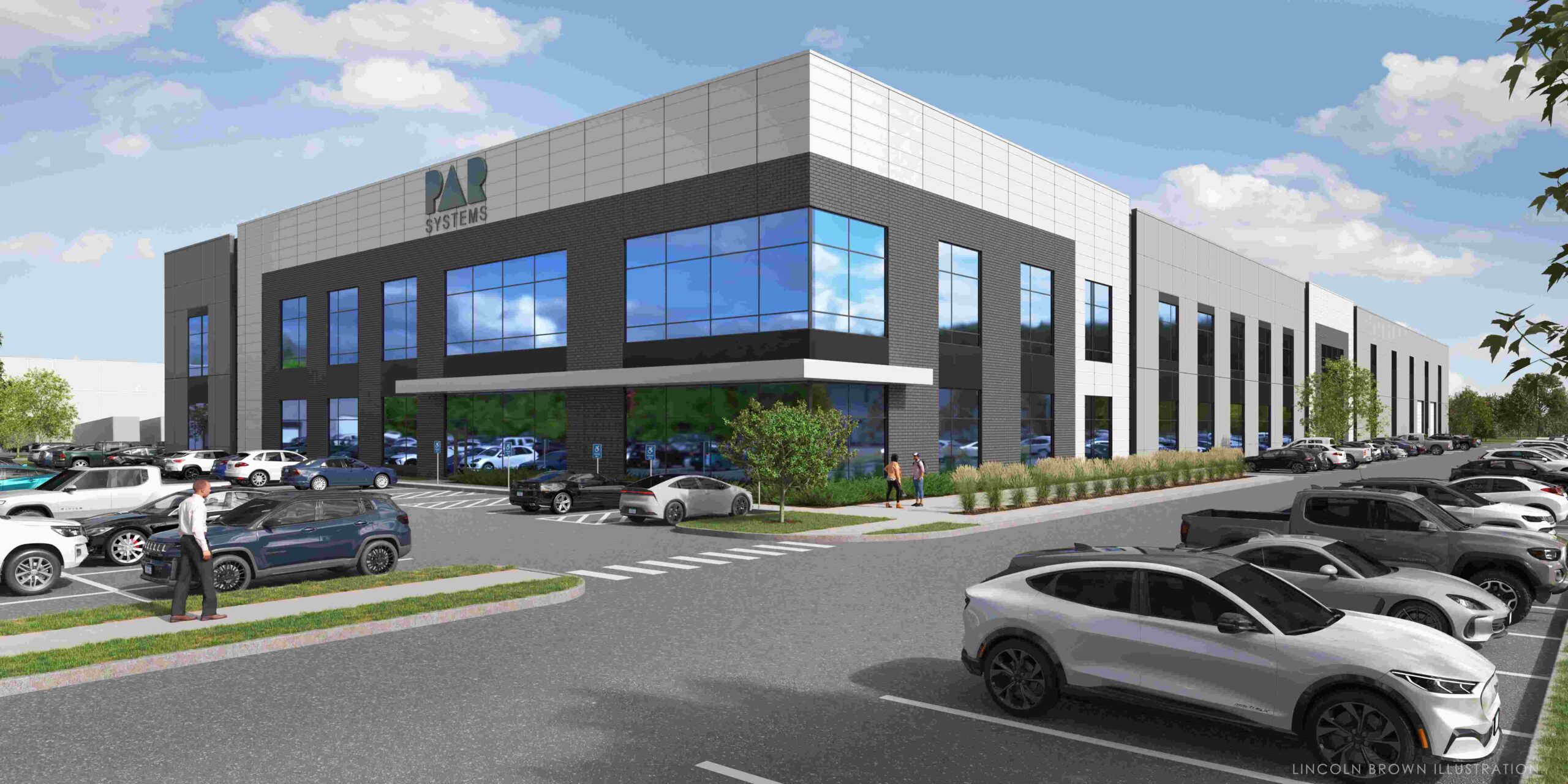PAR Systems develops smart robots for next-gen nuclear reactors with Southern Research under DOE grant
January 16, 2020
MINNEAPOLIS, MN, January 16th, 2020 – PAR Systems, a leading manufacturer of robotic and automation systems and remote material handling equipment used in nuclear facilities, received a contract to begin work with Southern Research to develop smart maintenance robots to work inside next-generation nuclear reactors. The work is enabled by a $2.8 million grant from the U.S. Department of Energy (DOE) that has been awarded to a team led by Southern Research and supported by PAR Systems. Other industry partners include Oak Ridge National Laboratory, the creator of the first Molten Salt Reactor (MSR) using thermal fluoride technology, Intuitive Research and Technology Corporation, a company that specializes in training in 3-D virtual environments, Southern Company, a leading energy company based in Atlanta, and DEFT Dynamics, an innovative small business developing real time feedback for robots and manipulators.
The success of this project promises to significantly advance future nuclear power generation.
The project supports a proposed concept to develop a molten salt component test facility in conjunction with efforts to advance Generation IV nuclear energy systems. Southern Company and TerraPower, a nuclear startup founded by Bill Gates, received DOE funding in 2016 as part of an ongoing effort to develop a MSR that uses liquid salts as both a coolant and fuel.
PAR will provide the project with expertise in remote handling and maintenance techniques. PAR’s expertise in this area stems from 60 years of providing engineering design and manufacturing of remote maintenance and operation equipment, as well as radiation-hardened manipulators for hot cell and nuclear power applications. As a supplier of both custom and commercial off-the-shelf robots worldwide, PAR brings extensive expertise for both the vision and experimentation for the project.
Funding for the project has been provided by the DOE’s Advanced Research Projects Agency-Energy (ARPA-E) with primary goals of equipping robots with artificial intelligence and machine learning capabilities.
Advances in key technologies is enabling engineers to address challenging problems like autonomous robotic maintenance, according to Khalid Sorensen, Ph.D. and CTO at PAR Systems: “Artificial intelligence, virtual reality, and sensing modalities like 3D machine vision have all reached a critical threshold where application of these technologies is both pragmatic and economical. This enables engineers to solve real-world automation problems that were previously either economically or technically impossible. Training robots to perform autonomous maintenance in hazardous environments like a molten salt reactor is an ideal use case for this combination of technologies.”
Autonomous maintenance is an enabling technology to make MSR technology economically more viable as a safe, carbon-free energy source, according to Robert Amaro, Ph.D., a mechanical engineer and advanced manufacturing specialist at Southern Research’s Engineering division. “The MSR technology is very promising because of its inherent safety, but the high-temperature, high-radiation environment makes it desirable to remotely maintain the reactor. Training robots to perform maintenance tasks is a key capability in the development of these reactors,” Amaro said.
The robots will be trained in a virtual environment and use machine learning to execute a range of routine maintenance tasks. The human operator in this scenario provides high-level guidance to the smart robots, designed and engineered by PAR Systems, but does not have to direct each specific task performed in the MSR.
Though MSR technology has never been commercialized, it was first developed as an experiment at the Oak Ridge National Laboratory in the 1960s using PaR Systems equipment to demonstrate the remote maintenance activities.
Interest has been rekindled in MSR technology because it offers a zero-carbon energy resource that operates at high temperatures and low pressure using a nonreactive coolant. Additionally, these reactors are capable of being designed and scaled for both small- and large-scale deployments. Now, nearly 60 years later and with the support of these advanced technologies, MSR technology is seen by many as a promising and transformational energy system for the future.
About PAR Systems, LLC
PAR Systems, a portfolio company of the Pohlad family’s operating companies (http://www.pohladcompanies.com/), is a world leader in providing advanced production technology solutions for critical material handling, automation, and robotic applications that drive customer quality, safety, and productivity. Since 1961, PAR has created fully integrated systems, which are often first-of-a-kind manufacturing solutions, for a broad range of industries including aerospace, hazardous material/nuclear, life science and process automation, marine/defense, heavy material handling, and industrial. PAR Systems is headquartered in Minnesota, USA and has engineering and manufacturing centers of excellence around the globe. For more information on PAR Systems, please visit www.par.com.
About Southern Research
Southern Research (SR) is a not-for-profit 501(c)(3) scientific research organization with more than 400 scientists and engineers working across four divisions: Drug Discovery, Drug Development, Engineering, and Energy & Environment. We work on behalf of the National Cancer Institute, National Institutes of Health, the U.S. Department of Defense, the U.S. Department of Energy, NASA, major aerospace firms, utility companies, and other private and government organizations as we solve the world’s hardest problems. SR, founded in 1941, is headquartered in Birmingham with additional laboratories and offices in Wilsonville; Frederick, Maryland; and Houston, Texas. Learn more at SouthernResearch.org.
###
Media Contact:
Kristi Olson
PAR Systems
651-846-3003
Press Release Link




